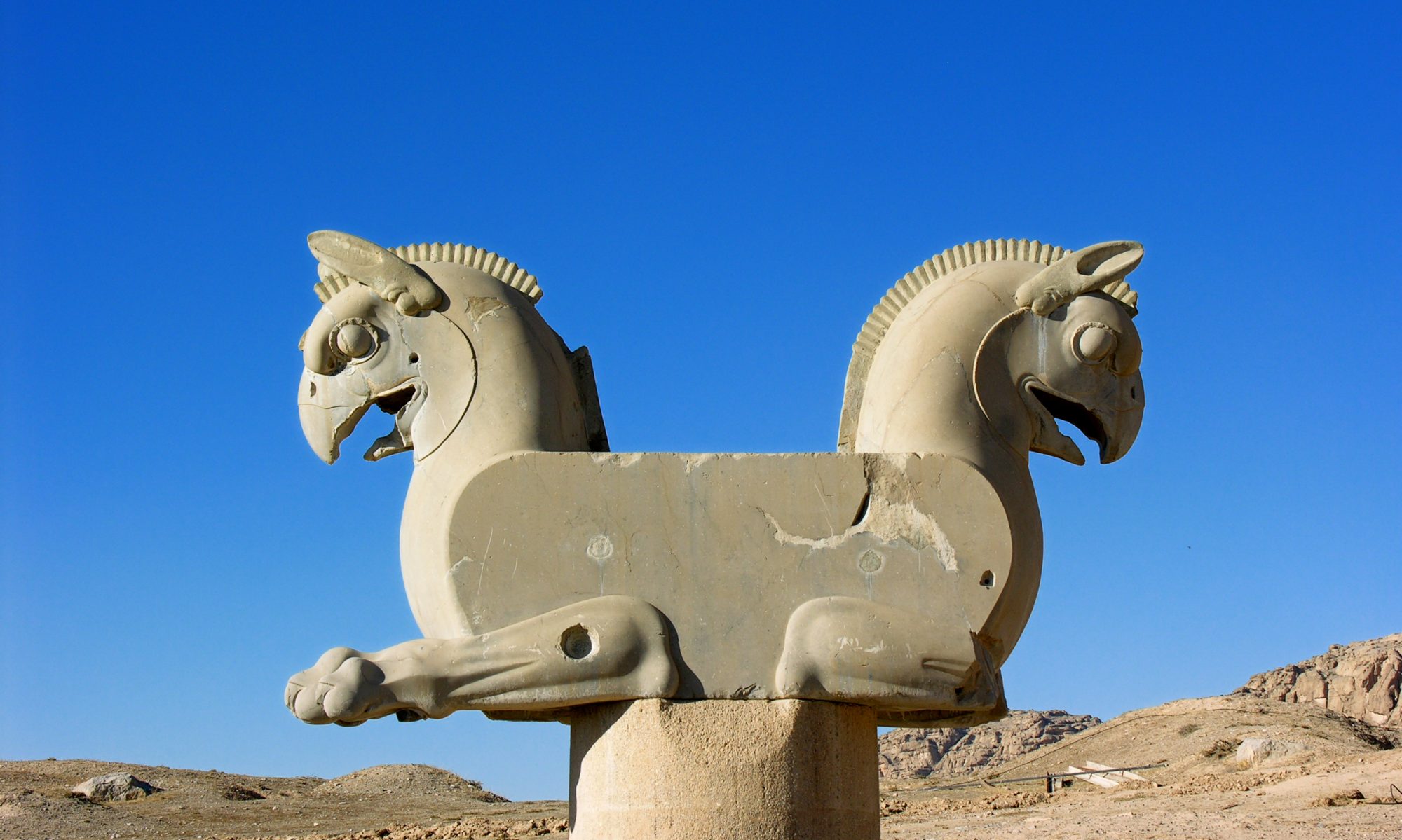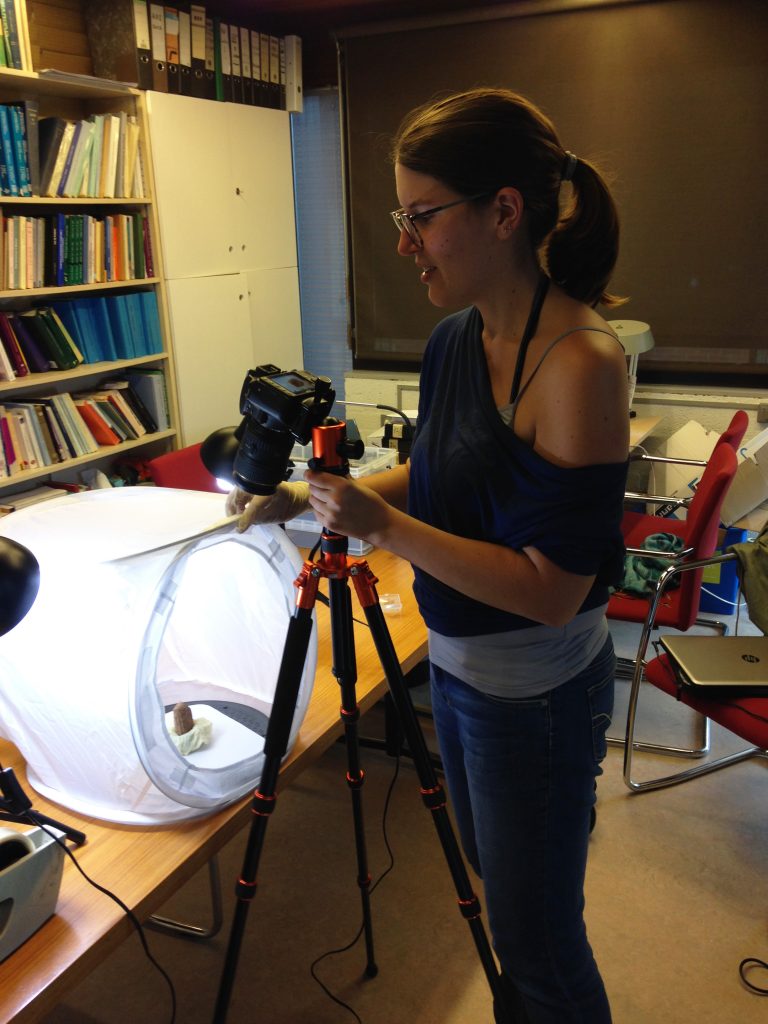By Evelien Vanderstraeten
From 16-20 July, leading and upcoming scholars in Ancient Near Eastern Studies gathered at the Leopold-Franzens University in Innsbruck (Austria) for the 64th edition of the Rencontre Assyriologique Internationale (RAI). During one week the beautiful city of Innsbruck was the scientific hub where old and new friends met, swords were drawn as discussions heated up and were parried with good arguments and a nightcap or two in the local pubs.
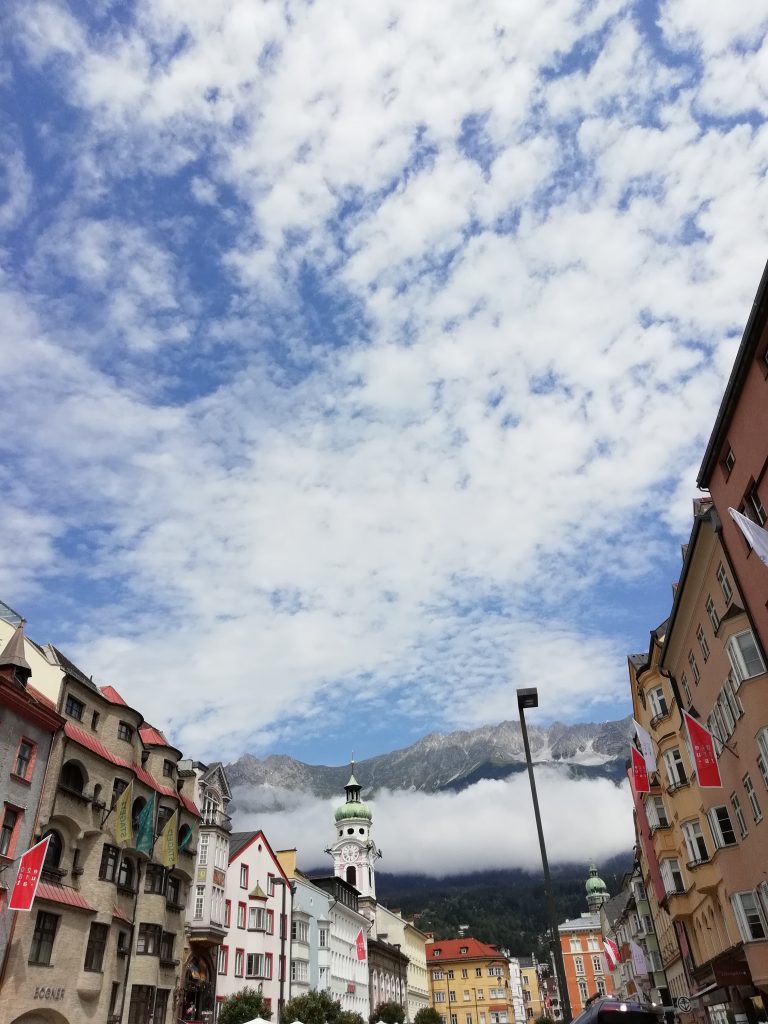
The RAI is an annual, international conference on Ancient Near Eastern Archaeology, Philology, History and Art History. Each year a different institute somewhere in the world takes on its organization. This year’s host was the Leopold-Franzens University in Innsbruck. Almost celebrating its 350th anniversary, the University, founded in 1669, holds an outstanding tradition in the Ancient Near Eastern Studies. Figures like Professor Thomas Friedrich (1855 – 1927) or his successor Carl Friedrich Lehmann-Haupt (1861–1938) were pivotal for initiating these studies at Innsbruck.
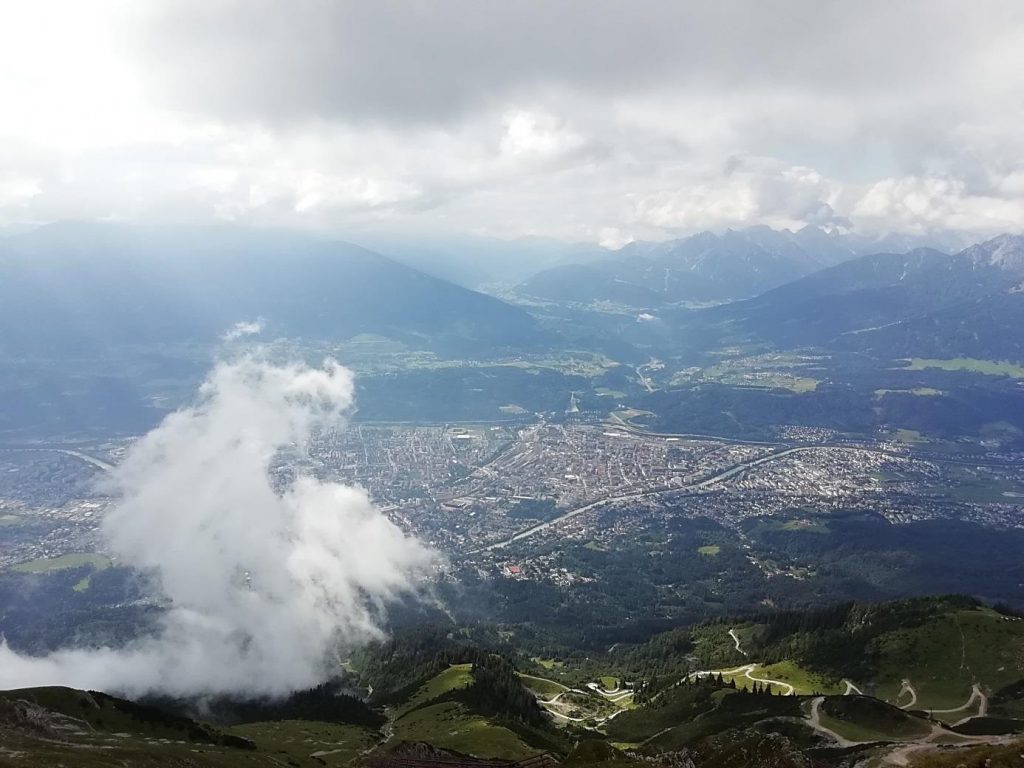
A diverse program
This year’s RAI also hosted the 12th Melammu-Symposium which resulted in a diverse program of 20 parallel sessions and 17 workshops taking place over 5 days. The joint theme this year was “The Intellectual Heritage of the Ancient Near East’’. It refers to an aim of the Melammu-project to investigate the cross-cultural influences of Mesopotamian cultures and societies from the second millennium B.C.E to the Islamic period. There were sessions and workshops on Anatolia and its Culture, Kassite administration, Sumer and Elam, Urartu, Babylonia and Assyria. New ideas put forward by upcoming academics were interchanged with thoughts and opinions of established researchers. This provided fireworks in a workshop like (Mis)use of Sources: Ancient and Modern.
An objective of the RAI and the annual Melammu-symposia is to enhance the dialogue between assyriologists and archaeologists. This is something close to my heart, as I enjoyed both an archaeological and assyriological training albeit separate from each other. Working together and not apart generates the best results. Workshops and sessions on studies that combine the archaeological data as well as the text corpora were among other Archaeological and Textual Perspective on Ritual and Religion and Current Archaeological Research and Epigraphic Research in Iraq.
An evolving discipline
Next to gaining insight into the lives of some elusive predecessors like A.H. Layard, the session Towards a History of Assyriology emphasized the evolution the field has known. From being a more inward looking discipline with a focus on making and publishing copies, to serving the interest of biblical studies, the field has evolved to fully engage with other fields of research such as the computer sciences, sociology and anthropology. It is clear that so much more is yet to be done. Throughout the week’s lectures the usefulness of for instance Social Network Analysis in Ancient Near Eastern Studies has once again been put forward.
During the workshop Methodological Developments in Prosopographical Studies Prof. dr. Waerzeggers and dr. Groß presented the online relational database Prosopography of Babylonia. This research tool for experts and non-experts is being developed under the auspices of the ERC project Persia and Babylonia (ERC CoG-project ID 682241). The sources are the thousands of cuneiform clay tablets belonging to private archives dating between 620 and 330 BCE. People’s names, roles, professions and relations mentioned in these tablets are being systematically collected and inserted in the database. From the thousands of attestations found in these tablets, unique individuals are being identified. They will be presented via itemized biographies. With multiple flexible queries it will be possible to search for tablet information, objects mentioned in the texts, attestations, spellings and itemized biographies. We don’t have to wait too long! The first batch will be made available as soon as early 2019.
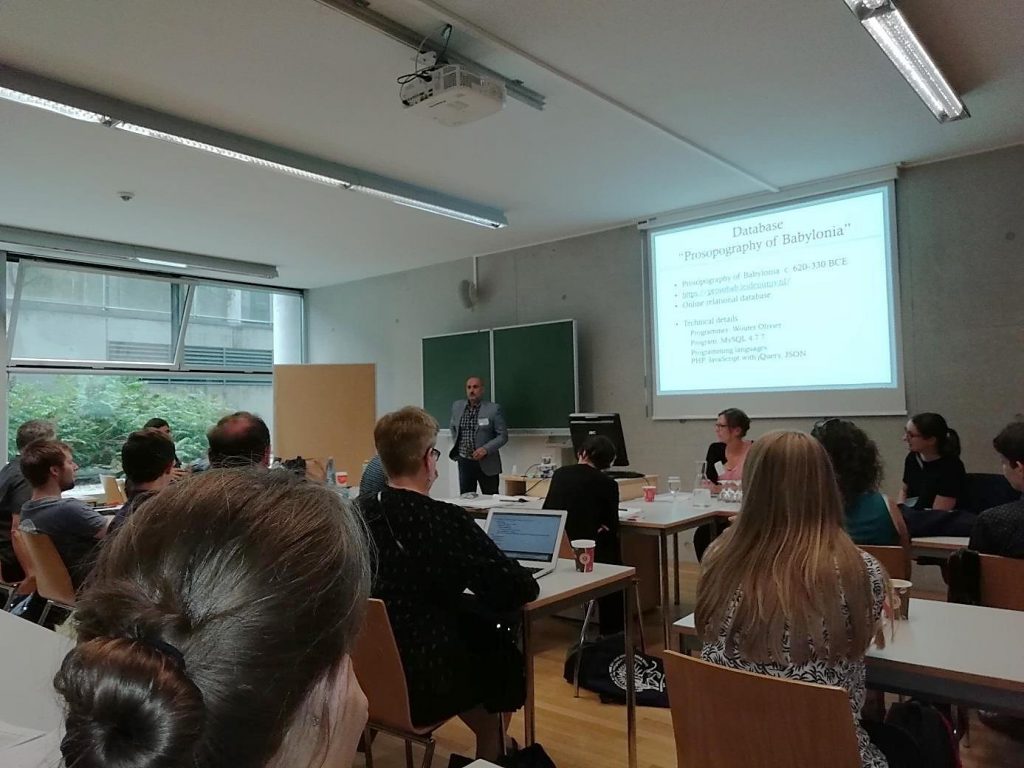
Recent years has seen a peak in digital initiatives for Assyriology (e.g. NaBuCCo, PROSOBAB, Oracc, MTAAC, PNA database, LaBaSi, NATC, Achemenet). They make the exceptional data recorded in the cuneiform tablets easy accessible to a broad audience and for a wide range of research purposes. Thousands of cuneiform clay tablets are namely scattered across different museums and research centers or stuck in different stages of publication. Several of these digital initiatives were presented during this and the previous RAI’s. The discussions following these lectures and workshops highlighted some growing pains that need to be addressed in the near future. This to ensure that future research can build on previous research, instead of redoing the numerous hours spent in collecting the data, and to ensure that these groundbreaking initiatives are long-lived. Questions to be answered are: How long after a project is finished are these digital initiatives accessible for the public and kept up-to-date? How to adapt to future ICT developments? How to connect these digital initiatives together? Another point raised was the correct citation of these digital initiatives and the protection of the intellectual ownership rights of individual scholars whose publications are being used. This last and interesting question of intellectual ownership rights was also raised at the end of Wednesday’s IAA Plenary Session. As you see, enough exciting thoughts to work with and tackle in our everyday work and at the next RAIs!
Elections and ethics
The Rencontre Assyriologique Internationale (RAI) is supported by the International Association for Assyriology (IAA). This is a non-political and non-profit organization that on an international level aims among other to advance the research on the Ancient Near East and to stimulate debates on difficulties encountered in this field of research. The question of the proper professional, ethical conduct when faced with cuneiform tablets derived from illegal digs, and when working in countries that are torn by war, or that violate the human rights, is merely one of the points on the agenda. Discussed at several previous RAI’s, including last year’s 63rd RAI in Marburg, a written guide for ethical practice was presented and accepted by a majority of votes at this year’s IAA Plenary Session on Wednesday. Note that it is a guide with recommendations which each IAA member or non-member, student and scholar alike can choose to apply according to his or her conscience. This meeting was presided one last time by Prof. dr. Cécile Michel, who stepped down as president of the IAA. I speak for all, as we thank her for her unwavering efforts as president and welcome the newly elected president Prof. dr. Walther Sallaberger.
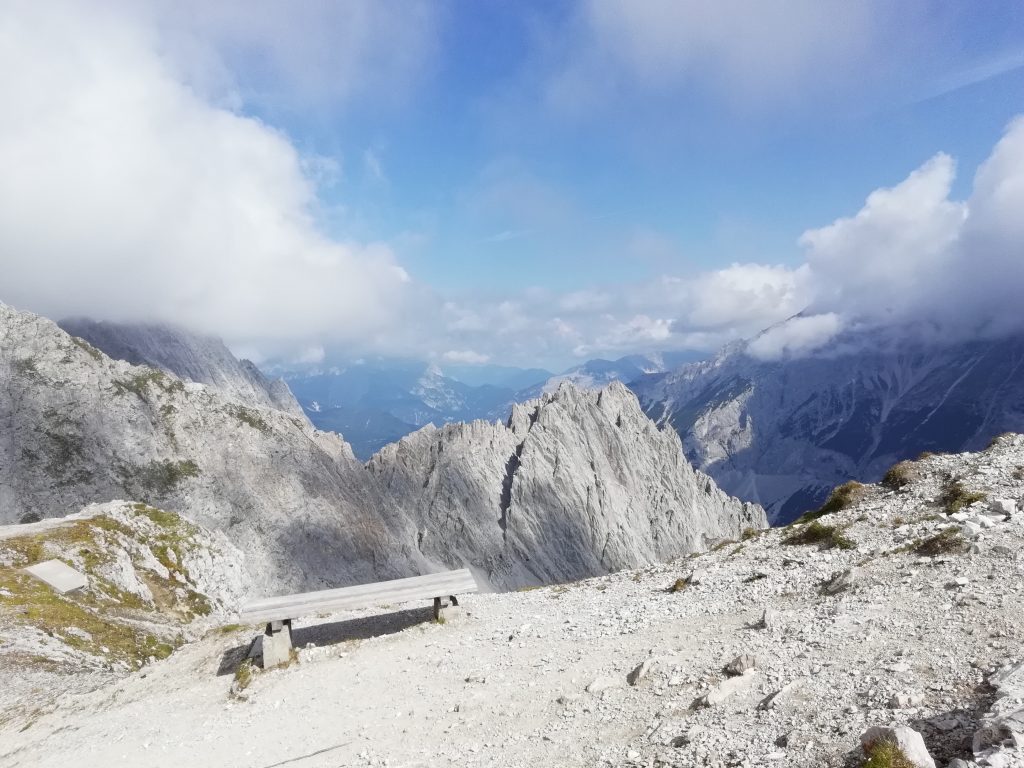
Sightseeing
During lunch or in the evening there was time to enjoy some of the beautiful sites of Innsbruck. The city is surrounded by the impressive mountains of the Nordkette and the Patscherkofel. A Cable Car can take you up to the Hafelekar in less than 30 minutes from where you can walk to the top. There you have a spectacular view of the Tyrolean Alps and the city of Innsbruck. In the Old Town of Innsbruck a visit to the Neuhof with its famous Golden Dachl is a delight. This roof of 2657 fire-gilded copper tiles above an alcove balcony was added for the wedding of the Emperor Maximilian I with Bianca Maria Sforza. Some of the other splendors to visit are the Hofkirche containing the grave of Emperor Maximilian I (1459-1519) surrounded by 28 bronze statues, the Hofburg restored by Empress Maria Theresa (1717-1780) and refurbished for Empress Elisabeth (Sisi) and Schloss Ambras. The organizers of this year’s RAI were so kind to arrange a delicious Tyrolean Buffet on Thursday evening and a thrilling Near Eastern Pub quiz on Tuesday evening.

Bienvenue à … ?
Le musée du Louvre, le jardin du Luxembourg, la Seine, la Tour Eiffel, le fromage, le vin, …
You guessed it! Let’s get that calendar out, because next year we are going to Paris! The 65th anniversary edition of the Rencontre Assyriologique Internationale will convene from 8-12 July. Keeping in mind the grandeur of Paris with its rich history, cathedrals, palaces, and historical monarchs, next year’s theme “Gods, Kings and Capitals in the Ancient Near East” is well chosen!
À la prochaine!
